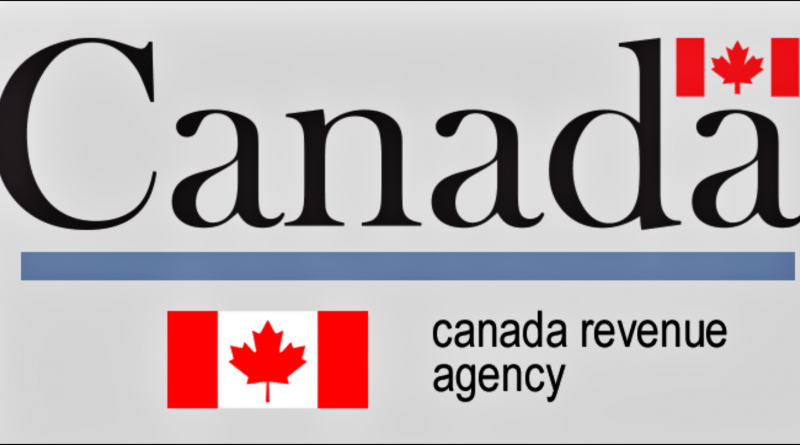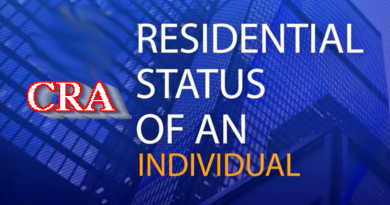S5-F1-C1: Determining an Individual’s Residence Status
1.19 Similarly, the CRA will take into account whether the individual informed any Canadian residents making payments to the individual that the individual intended to become a non-resident upon leaving Canada, with the result that certain payments (including interest, dividend, rent and pension payments) made to the individual after that time might be subject to withholding tax under Part XIII. See ¶1.24 for more information relevant to individuals ceasing to be resident in Canada.
Regularity and length of visits to Canada
1.20 Where an individual leaves Canada and permanently severs all of his or her residential ties with Canada, the individual’s residence status for tax purposes will not be affected by occasional return visits to Canada, whether for personal or business reasons. However, where such visits are more than occasional (particularly where the visits occur on a regular basis), and the individual has maintained some secondary residential ties with Canada, this factor will be taken into account in evaluating the significance of those remaining ties.
Residential ties elsewhere
1.21 Where an individual leaves Canada and purports to become a non-resident, but does not establish significant residential ties outside Canada, the individual’s remaining residential ties with Canada, if any, may take on greater significance and the individual may continue to be resident in Canada. However, because the Courts have held that it is possible for an individual to be resident in more than one place at the same time for tax purposes (see ¶1.40 – 1.52),the fact that an individual establishes significant residential ties abroad will not, on its own, mean that the individual is no longer resident in Canada.
Date non-resident status acquired
1.22 The date upon which a Canadian resident individual leaving Canada will become a non-resident for tax purposes is a question of fact that can only be determined after reviewing all of the relevant facts and circumstances of a particular case. Generally, the CRA will consider the appropriate date to be the date on which the individual severs all residential ties with Canada, which will usually coincide with the latest of the dates on which:
- the individual leaves Canada;
- the individual’s spouse or common law partner and/or dependants leave Canada (if applicable); or
- the individual becomes a resident of the country to which he or she is immigrating.
1.23 An exception to this will occur where the individual was resident in another country prior to entering Canada and is leaving to re-establish his or her residence in that country. In this case, the individual will generally become anon-resident on the date he or she leaves Canada, even if, for example, the individual’s spouse or common law partner remains temporarily behind in Canada to dispose of their dwelling place in Canada or so that their dependants may complete a school year already in progress.
More information
1.24 For general tax information as well as access to useful pamphlets and guides designed specifically for individuals emigrating from Canada, see Leaving Canada (emigrants) and Guide T4058, Non-Residents and Income Tax. If you are an individual leaving Canada to travel or live abroad you may also wish to refer to Individuals – Leaving or entering Canada and non-residents . If you are a federal or provincial government employee who is posted abroad, seeGovernment employees outside Canada.
Factual residence – entering Canada
Establishing residential ties in Canada
1.25 The residence status of an individual is always a question of fact to be determined by taking into account all of the circumstances of the individual. The most important factor in determining whether an individual entering Canada becomes resident in Canada for tax purposes is whether the individual establishes residential ties with Canada. Generally, the comments found in ¶1.11 – 1.15 with respect to the residential ties of individuals leaving Canada are equally applicable to individuals entering Canada. As discussed in ¶1.11, an individual’s spouse or common-lawpartner, dependants, and dwelling place, if located in Canada, will almost always constitute significant ties with Canada. In addition, the CRA considers that where an individual entering Canada applies for and obtains landed immigrant status and provincial health coverage, these ties will usually constitute significant residential ties with Canada. Thus, except in exceptional circumstances, where landed immigrant status and provincial health coverage have been acquired, the individual will be determined to be resident in Canada.
Dwelling leased to a third party
1.26 Although a dwelling place in Canada will usually be a significant residential tie with Canada, where an individual leases such a dwelling place to a third party, the dwelling place may be considered not to be a significant residential tie with Canada except when taken together with other residential ties (see ¶ 1.14). For example, a non-resident individual might acquire a dwelling place in Canada for the purpose of residing in that dwelling place upon his or her retirement at some point in the future. If the individual were to lease the dwelling place to a third party during the period of time between acquiring the dwelling place and residing there, then, unless the individual had other residential ties to Canada, the dwelling place would not be a significant residential tie with Canada during that period of time.





